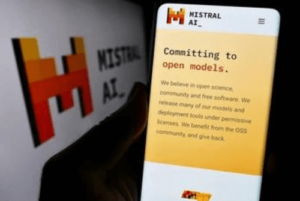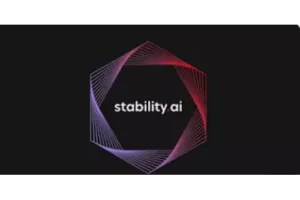
Apple has finally dived into the fast-evolving generative AI competition by releasing MLX, an open-source array machine learning framework. This AI tool is specifically designed to run on Apple silicone chips and bring generative AI apps to MacBook.
Awni Hannun, a key member of Apple’s machine learning team, announced the framework on X (formerly Twitter) on December 5, signaling Apple’s strategic move into the realm of AI. Unveiled on GitHub, MLX is designed to facilitate the development of machine learning transformer language models and text generation AI.
This model framework offers a comprehensive set of tools for developers engaged in building AI models. Its functionalities encompass transformer language model training, large-scale text generation, text fine-tuning, image generation, and speech recognition – all optimized to run efficiently on Apple silicon.
Key Features of MLX
Apple emphasizes that MLX’s design prioritizes user-friendliness without compromising model training and deployment efficiency. Its main features are:
1️⃣ MLX’s Python API is closely aligned with NumPy, along with a comprehensive C++ API mirroring its Python counterpart. It includes higher-level packages like mlx.nn and mlx.optimizers, adopting APIs similar to PyTorch for enhanced model complexity.
2️⃣ It incorporates composable function transformations, facilitating automatic differentiation, vectorization, and computation graph optimization.
3️⃣ It adopts a lazy computation approach, ensuring arrays materialize only when necessary, optimizing performance.
4️⃣ Computation graphs in this framework are dynamically constructed, allowing shape changes in function arguments without triggering slow compilations for simplified and intuitive debugging.
5️⃣ The operations of this AI model can seamlessly run on any supported device, currently including the CPU and GPU.
6️⃣ It introduces a notable departure from other frameworks with its unified memory model. Arrays within MLX reside in shared memory, enabling operations on any supported device type without the need for data movement.
How Apple’s MLX Empowers Generative Models
MLX is highly familiar with the deep learning community and its minimalistic yet effective examples of prominent models, such as Llama for text generation, LoRA for customizing AI models, Stable Diffusion for image generation, and Whisper for speech recognition.
While Apple has been historically perceived as conservative in its AI pursuits, the release of such an incredible AI framework signals a shift in strategy. The company appears focused on providing tools for creating large language models, diverging from directly producing such models or the associated chatbots. Bloomberg’s Mark Gurman reported Apple’s executive scramble to catch up with the AI wave, revealing the company’s endeavors to introduce generative AI features for iOS and Siri.
As Apple steps into the rapidly evolving AI realm, the industry awaits to see how MLX will contribute to shaping the future of AI development on Apple devices. This move underscores the company’s commitment to adapting and innovating in a rapidly evolving technological landscape.
References
Similar Posts
-
Mistral AI Revolutionary LLM: MoE8*7B Via Torrent Links

-
Stability AI has launched Stable Video Diffusion: A text-to-video Platform

-
PIKA: An Idea-to-Video Platform

-
Microsoft to Hire OpenAI Co-founder Sam Altman for New AI Research Team On 20th NOV

-
DeepMind’s Improved AlphaFold Model Helping in Drug Discovery

-
President Biden Takes a Risk by Signing an AI Executive Order

